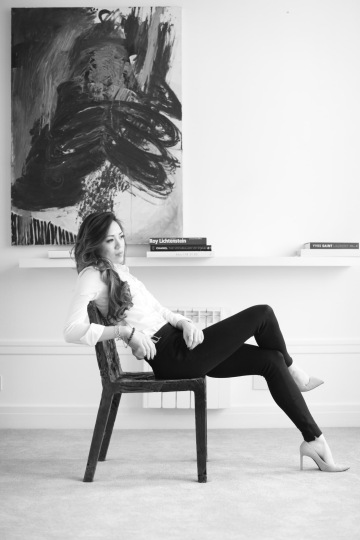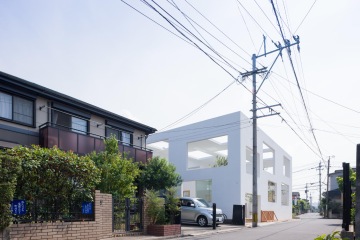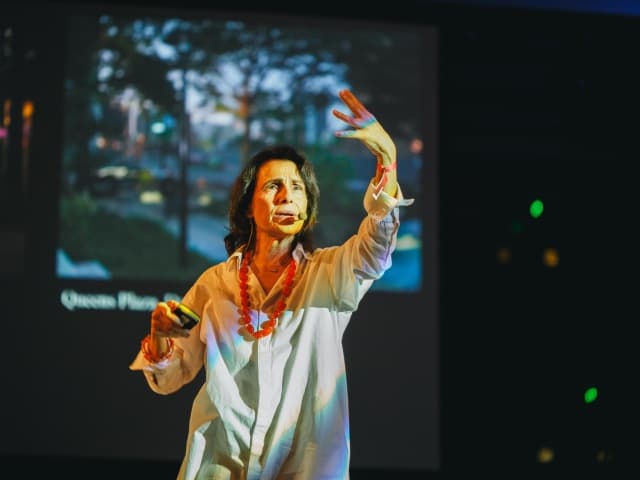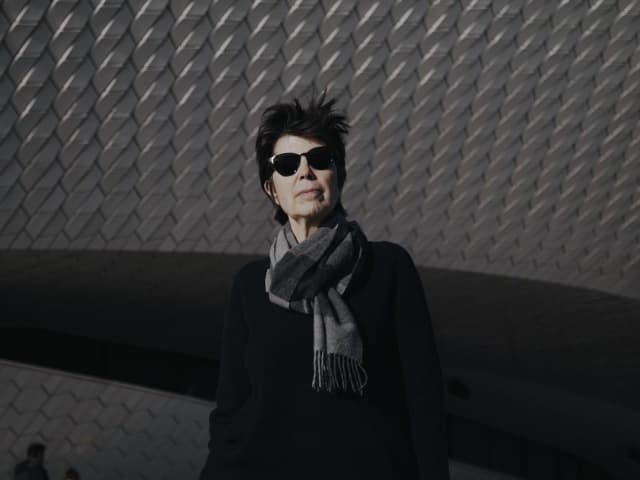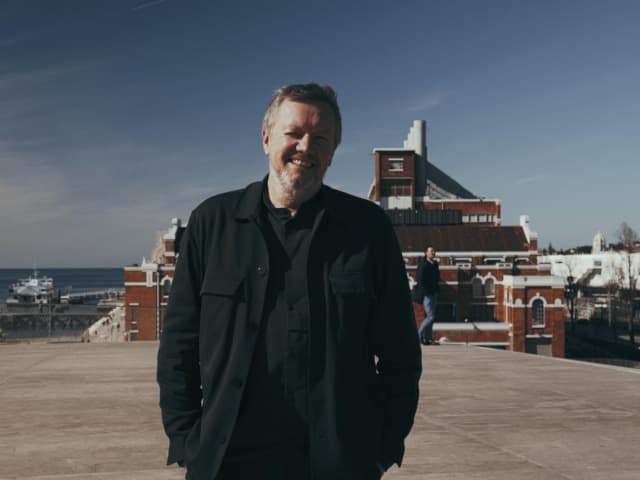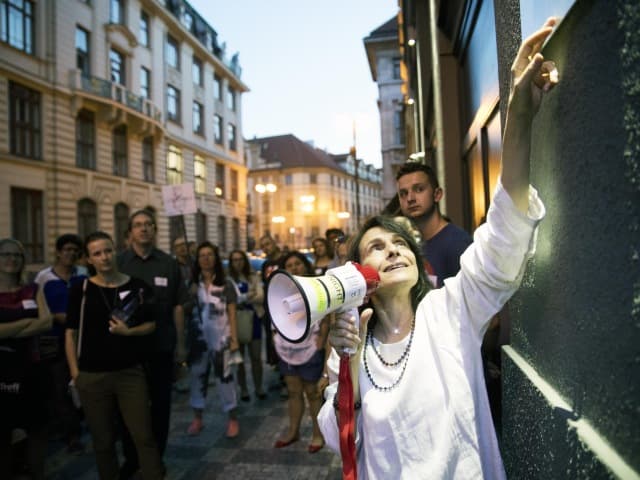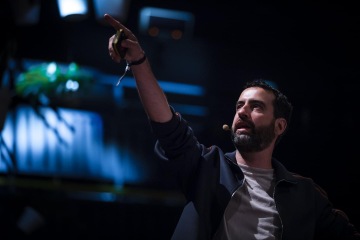
Life after dark. Interview with Mirik Milan
Does your city need a Night Mayor? Mirik Milan, the first ever Night Mayor and founder of the Night Mayor Movement, might argue yes. Mirik inspired a movement— Night Mayors and Night Tsars are now popping up in cities all over the globe.
During reSITE 2018 ACCOMMODATE we interviewed Mirik Milan, the original “Night Mayor” of Amsterdam talks about how nightlife is more than just dancing and drinking in this telling interview. Mirik is the Creative Director of the “Creative Footprint”— a global, non-profit initiative that measures the amount of creative space in cities, particularly concerning music venues. He discusses his role and life as Night Mayor, the need for a culturally diverse nightlife, the issue of light pollution, and how to combat gentrification in relation to nightlife.
reSITE: When you go to a nightclub is it work, or is it fun?
- Mirik Milan: When I go to a nightclub, I am there to really experience it. A nightclub is really a social space, and I think we also have to be honest that every person has his own moment or time of the day when he socializes. Some people don’t see the value in socializing after midnight, but that doesn’t mean it's not important.
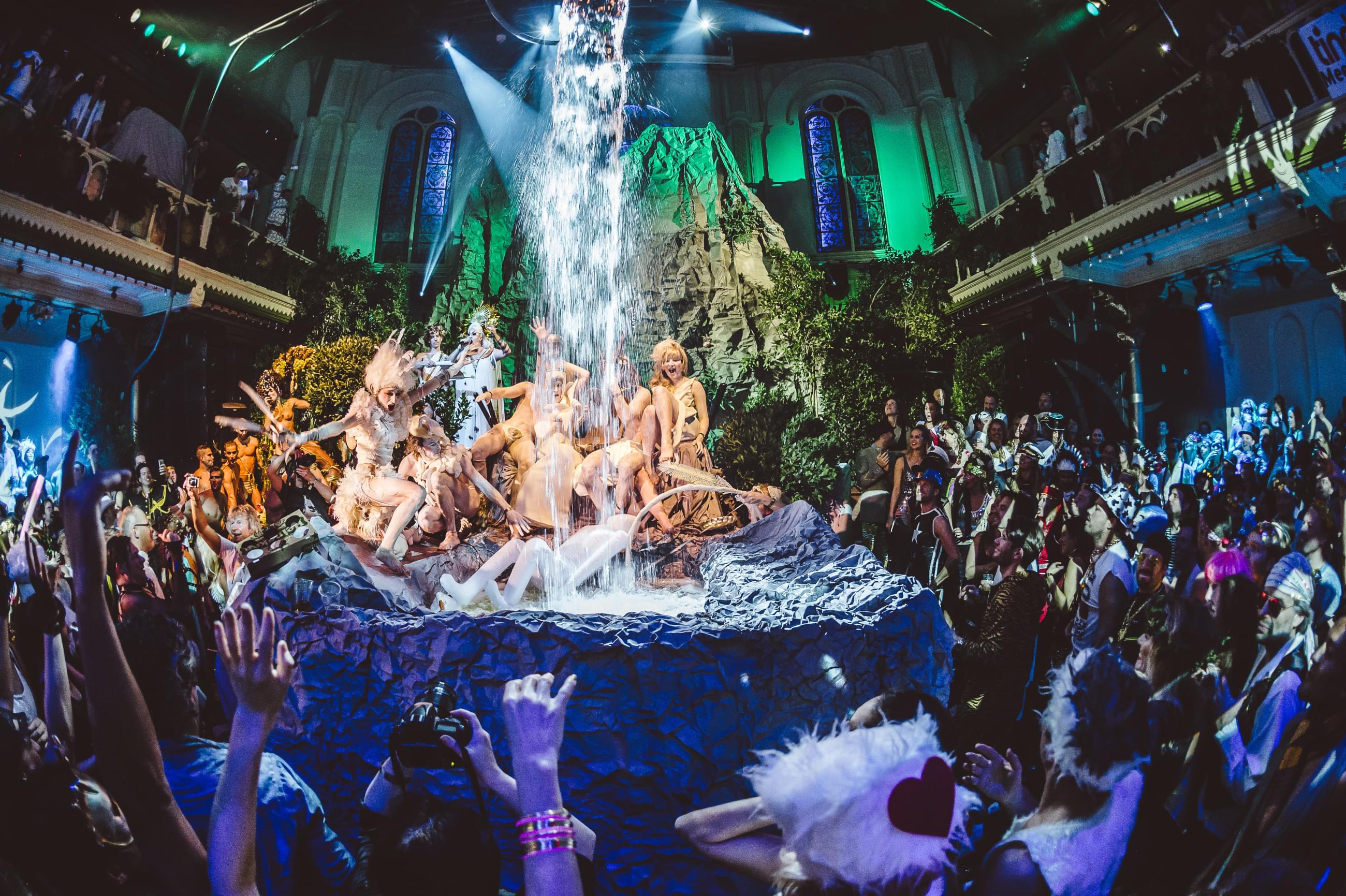
rS: What time do you wake up in the morning?
MM: People always ask me “do you work all night or do you work during the day”. I think I can honestly say, I was more times awake at 7am than waking up at 7am. I really come from the nightlife scene, I was a nightclub promoter for many, many years. It’s really difficult to penetrate a city’s nightlife from an office in city hall. That is why we function as this liaison, as this go-between, between both sides, so that we can have vibrant, inclusive nightlife cities.
What do night mayors do, who are their constituents, and how has the role evolved since you started?
rS: You’re the original “Night Mayor” of Amsterdam — the first of its kind in the world. What do night mayors do, who are their constituents, and how has the role evolved since you started?
MM: The night mayor is an independent, non-profit that helps ensure that the city of Amsterdam has a dynamic and vibrant nightlife. We really want to bridge the gap between the government (mayor and city councilors), small business owners (like nightclubs and festivals), but also city city residents. We always say that by having a dialogue, we can change the rules of the game.
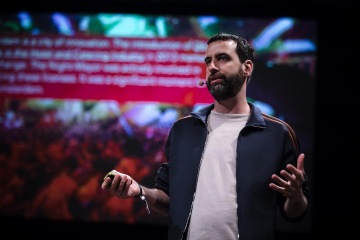
How can cities do a better job of becoming 24/7 places?
rS: How can cities do a better job of becoming 24/7 places? It was only a generation ago that the cores of most cities were empty after dark. What are some of the best tools at cities’ disposal to make themselves more vibrant around the clock?
MM: Cities benefit from having a 24-hour economic system, from a social, cultural, and economic perspective. 24 hour cities are really leading the way. If 70% of people by 2050 will live urban areas, we need to rethink the way we use the urban space, and the public space. One of the tools to make cities more vibrant around the clock is really to focus on talent development and content. I always say that you can only influence people’s behavior from the grassroots up, and that means that you need to make people engaged with their surrounding area. Content, music, and all cultural activities at night make people engaged, and when they are engaged they are more likely to behave better when they leave nighttime establishments.
Jane Jacobs once said, “When a city gets boring, even the rich leave.”
rS: Jane Jacobs once said, “When a city gets boring, even the rich leave.” How do we keep increasingly rich, boring cities interesting, especially when so many creative people are priced out of cities by unaffordable housing?
MM: Jane Jacobs was a very influential person, to me as well. Nobody wants to live a monoculture society. That’s why we need to protect these spaces; music venues, cultural spaces, and definitely also nightclubs-- the places that make our cities unique. They are often the first victims of their own success, but they are being pushed out because of gentrification. So I hope that we can create a form of integrity within city governments to protect these spaces for the long term.
What is the role and responsibility of nightlife when it comes to gentrification?
rS: What is the role and responsibility of nightlife when it comes to gentrification? In many cities — New York being a leading example — nightlife helps brand a neighborhood as “cool,” which eventually ends in the venue itself being displaced. Is there a way to stop this?
MM: With our project, the “Creative Footprint” we help cities measure the amount of creative space that a city has. In my opinion, a city's nightlife can be dynamic—you can have pockets that pop up somewhere, go away, and then come up somewhere else. But you need to have legislation in place that makes sure that you always keep your same creative footprint.
What have you found, and how do you hope to use it to improve cities quality of life?
rS: You’ve spent the last year working on the “Creative Footprint” — a global civic initiative to measure and index creative space. What have you found, and how do you hope to use it to improve cities quality of life?
MM: The “Creative Footprint” is a way to measure the amount of creative space that a city has. When we say creative space, we often mean music venues because they are the venues that make the city unique. It is important to preserve and protect these spaces because they help to create an environment, because nobody wants to live in monoculture. This is why I always say that we need to serve people with facts rather than emotions. When it comes to nightlife, it’s always “too much”, “too loud”, too much of everything. But what we really need to show people are the facts, and the facts are that creative spaces make our cities more livable.
rS: What do you think of light pollution?
MM: Light pollution is definitely something you can look at, but it also always depends of the eye of the beholder. I personally think that we can create areas in which you have all of the vibrancy and all of the light that you need, while also having areas where it is more dark and where you can always sleep. But it's really about aligning all of the ideas, and aligning what everyone wants to balance this out, and to make cities with a high quality of life, with a rich cultural diversity, and which an equal share of resting hours and partying hours.
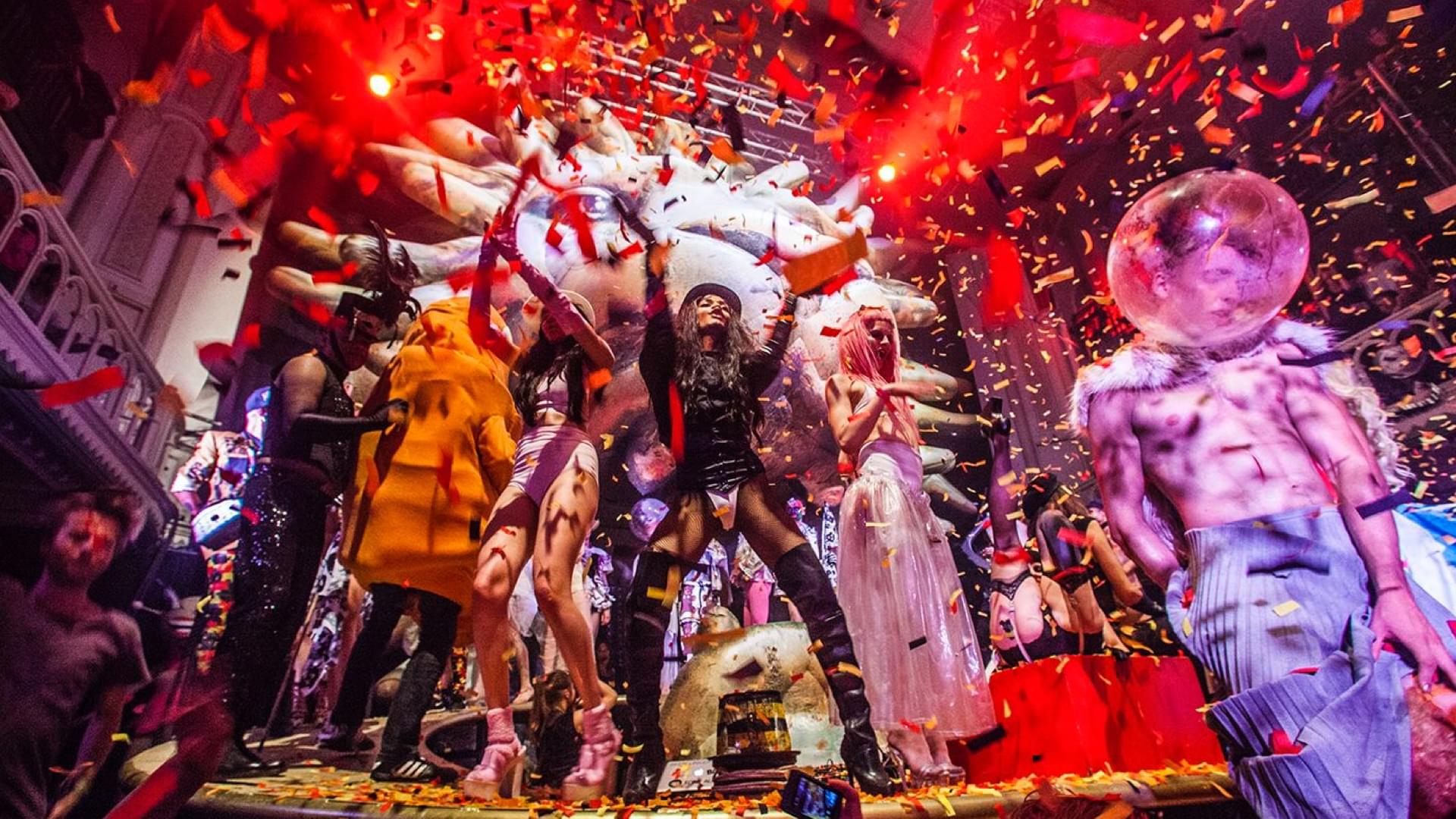
rS: Is the nightlife only about entertainment? What else can you find in the night?
MM: What we do is not only about drinking and dancing. We need to understand that when there are a lot of people dancing, there are also a lot of people working. There is also a lot of creativity and innovation happening-- definitely in the creative industries. There is a lot of talent development there. This is something we need to nurture, and we need focus on keeping these spaces in our inner cities.
rS: Are there cities that are better designed for nightlife than other cities? Why?
MM: A city that is well designed for its nightlife is a city where city government embraces and acknowledges the value that this subculture and nightlife brings to the city. In the history of the development of nightlife, you see that a city that has a lot of affordable space, that has a young population, and also has less restrictive rules when it comes to opening hours, is a fertile feeding ground of a vibrant and buzzing night time economy.
Related Stories
Marcus Fairs On Homes, Drones and Humans
Interview with the founder on Dezeen Marcus Fairs on the future of our homes and technologies. Interview by Greg Lindsay, with the contribution of Radka Ondrackova and Elvira Islas.
What is Luxury? Interview with Dara Huang at reSITE 2018
Dara Huang is an award winning architect and founder of Design Haus Liberty, an architectural firm that often works with clients to design high-end buildings.
Sou Fujimoto: A Home is a Protected Freedom
In this interview with reSITE, Fujimoto shares his thoughts on the future of housing, and on what makes a house a home.
Related Talks
Leni Schwendinger on Nighttime Design for the 24-Hour City
Leni Schwendinger, the founder of NightSeeing™ and the International Nighttime Design Initiative, discusses the role of lighting design to create a 24-hour city, aiming to utilize lighting design to activate after-hours urban spaces, where people in public feel safe and included.
Sound is Always There with Elizabeth Diller
Elizabeth Diller, founding partner of Diller Scofidio + Renfro, speaks on the importance of sound in architecture and the evolving role of the architect in an increasingly multidisciplinary world. She contemplates how to design buildings that transcend time and withstand the continuous evolution of the activities and art forms that will exist within them.
The Art of Prepositions with Snøhetta's Kjetil Trædal Thorsen
Kjetil Trædal Thorsen, the founding partner and architect at Snøhetta talks sound, space, and the benefits of a multidisciplinary approach to architecture, going beyond thinking of architecture visually and learning how our other senses interact with the built environment.
Illuminating Cities After Dark with Leni Schwendinger | reSITE Small Talk
Leni Schwendinger discusses the 24-hour city, and the reality of an urbanism that utilizes nighttime hours. Through lighting that makes public spaces both accessible and emit a sense of security, the potential for activities in the urban to span throughout the night can become a reality for a wider portion of the population.

